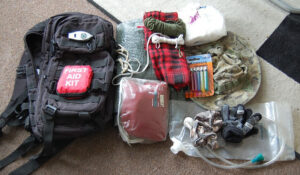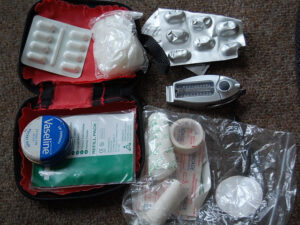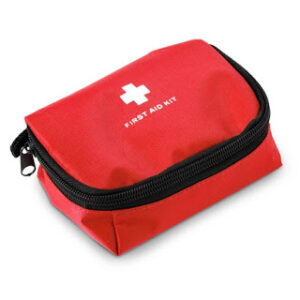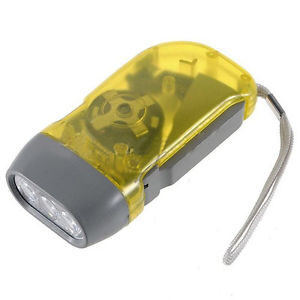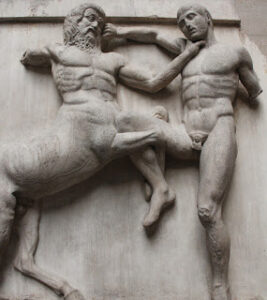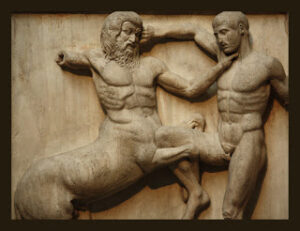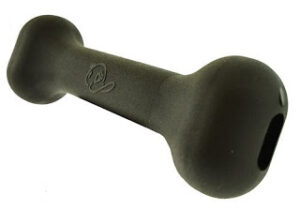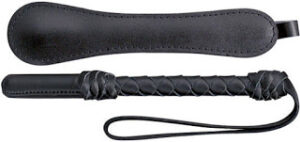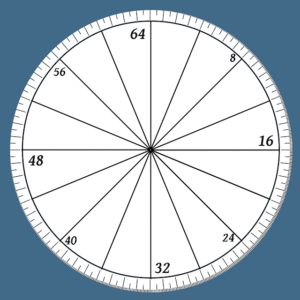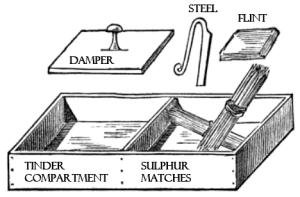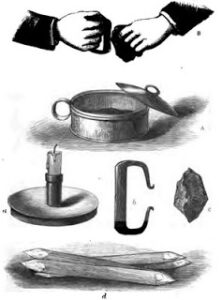A few weeks back the updated and expanded “Global Edition” of “Attack, Avoid, Survive” was released. It is now 376 pages long but changes in formatting mean that it has about 50% more content than the original book, including new techniques and extra illustrations. It is a sturdy brick of a book now. Not only will it teach you self-defence but you can use it to beat a rapist to death and it may just stop small calibre bullets 🙂
I rather like the printed edition of my book but I am aware many potential readers only have limited space on their bookshelves.
Late last night the Global Edition became available in epub. I had experimented with creating an epub version when the original book was published. At the time there were just too many technical problems involved in the process and it seemed likely that there would never be an electronic version of the book.
Since then, conversion to epub has become a little more user friendly. I was expecting to take a large chunk of the summer converting the manuscript. As it turned out it took much less time. This is not to say that it was not without its problems and didn’t involve some fairly intense work. People wonder why ebooks cost what they do when they need no paper or printing. It is because of the many more added man-hours involved in their conversion. I discovered a book that looked perfect in one viewer would have false hyperlinks in random places when viewed in another. I hope I have corrected all these, but have no way of knowing how other viewers might treat it. If there are such problems my apologies to the reader. I did my best with the limited resources and budget that I had.
Some of you will know that “Crash Combat” is already available in epub format. An obvious question is whether there will be an epub version of “Survival Weapons: Optimizing You Arsenal”? The answer is that I cannot see that happening anytime soon. The shotgun chapter of the book contains a large number of useful reference tables which may be problematic to convert to epub. I have no immediate plans to make an epub version of the book anytime in the near future so if you are interested in this book go ahead and get the print copy.
